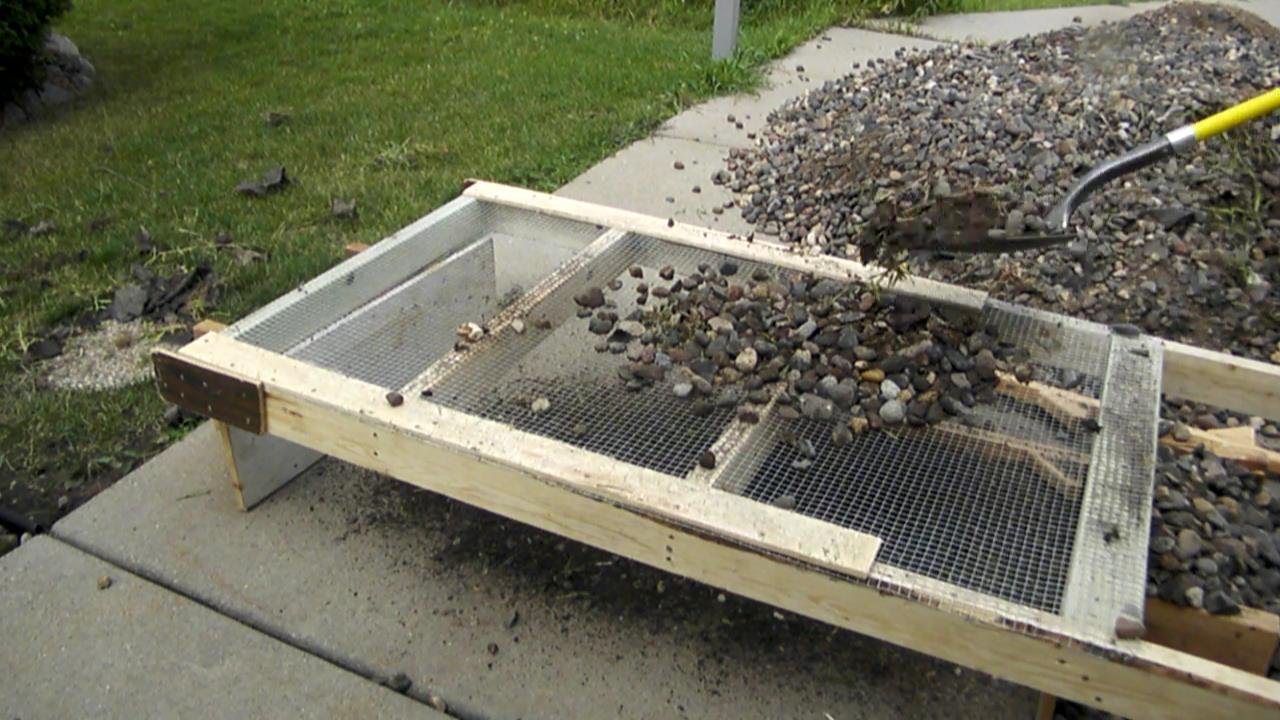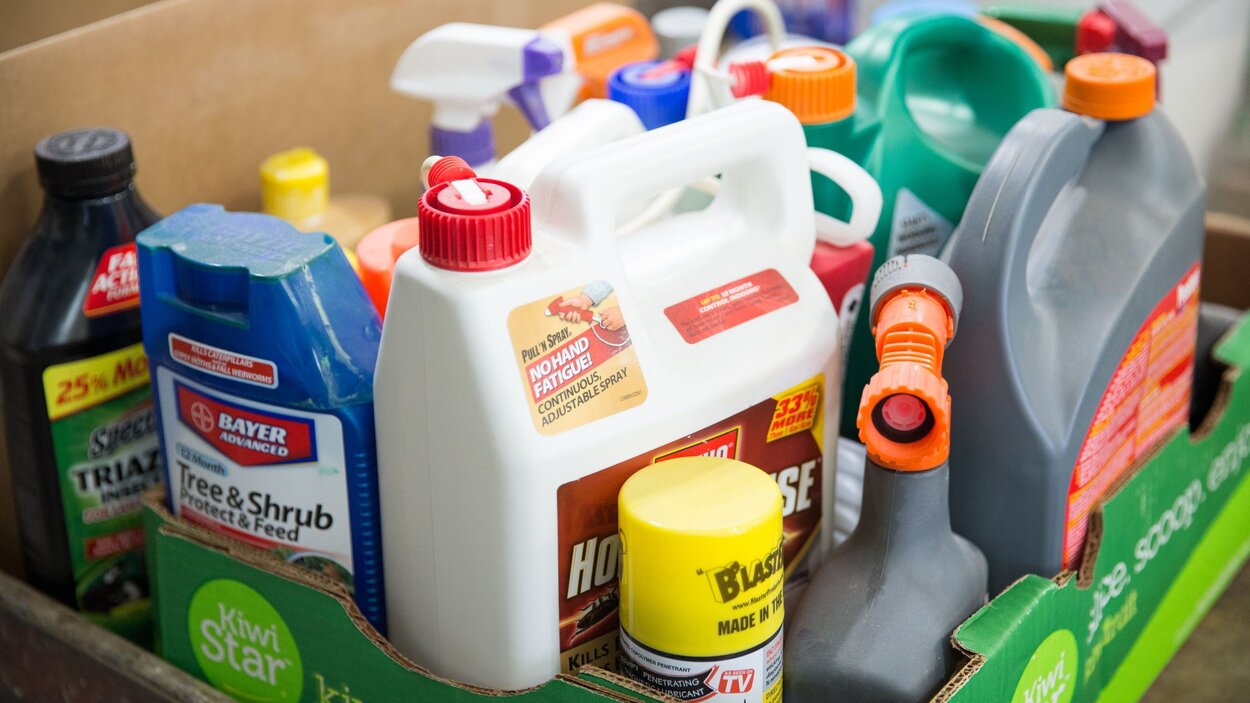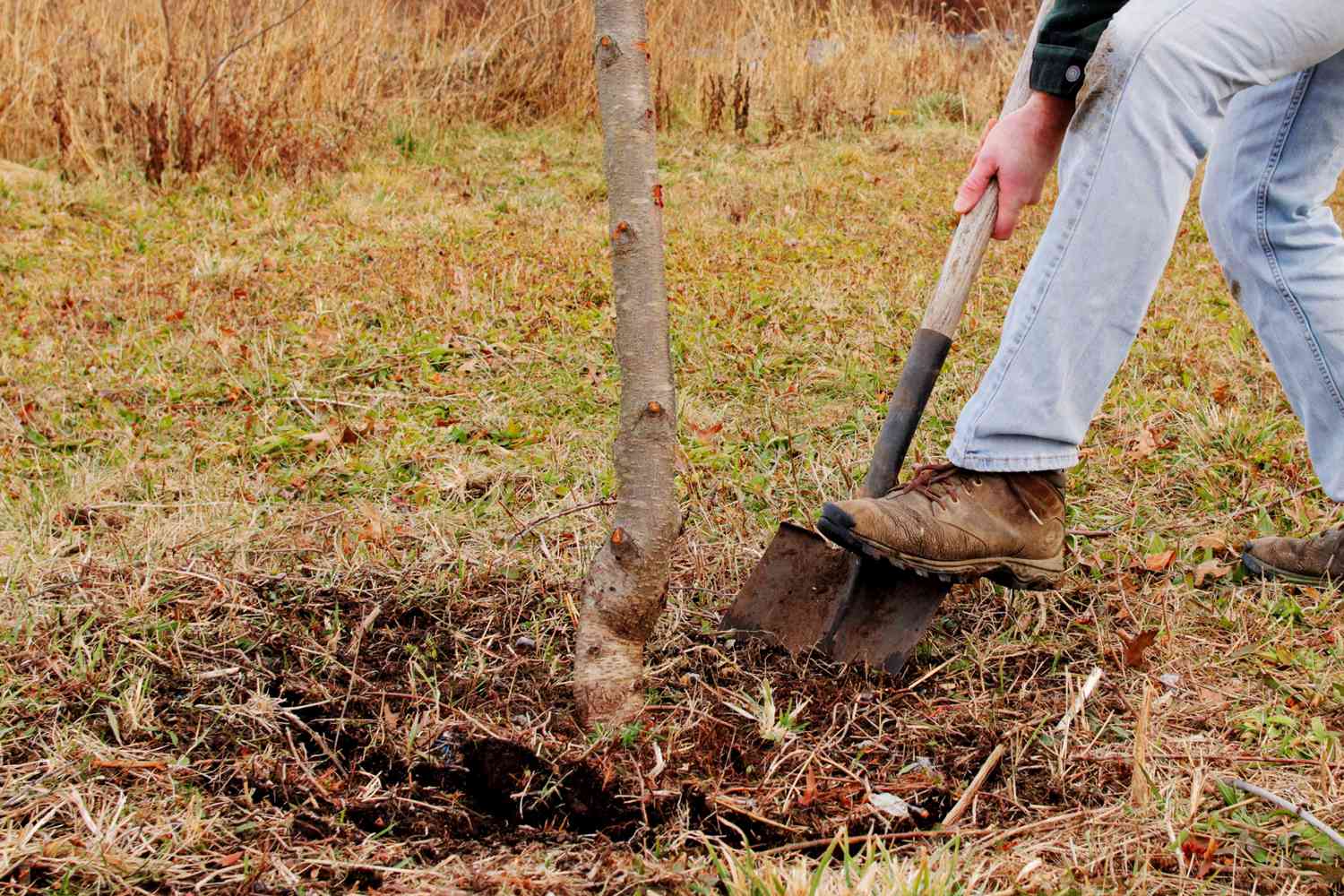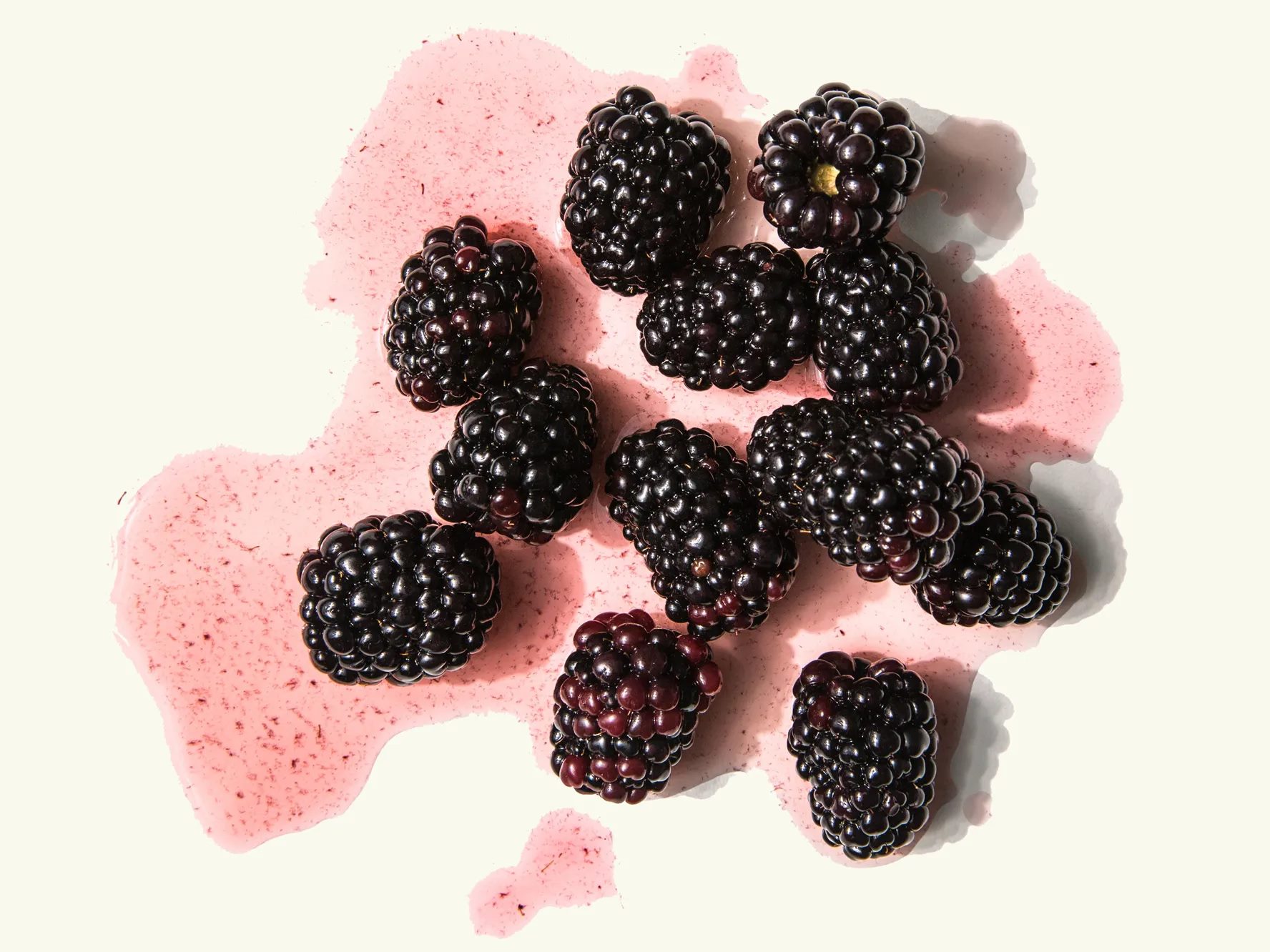Home>Gardening News and Trends>Latest News>How To Wash Vegetables To Remove Pesticides
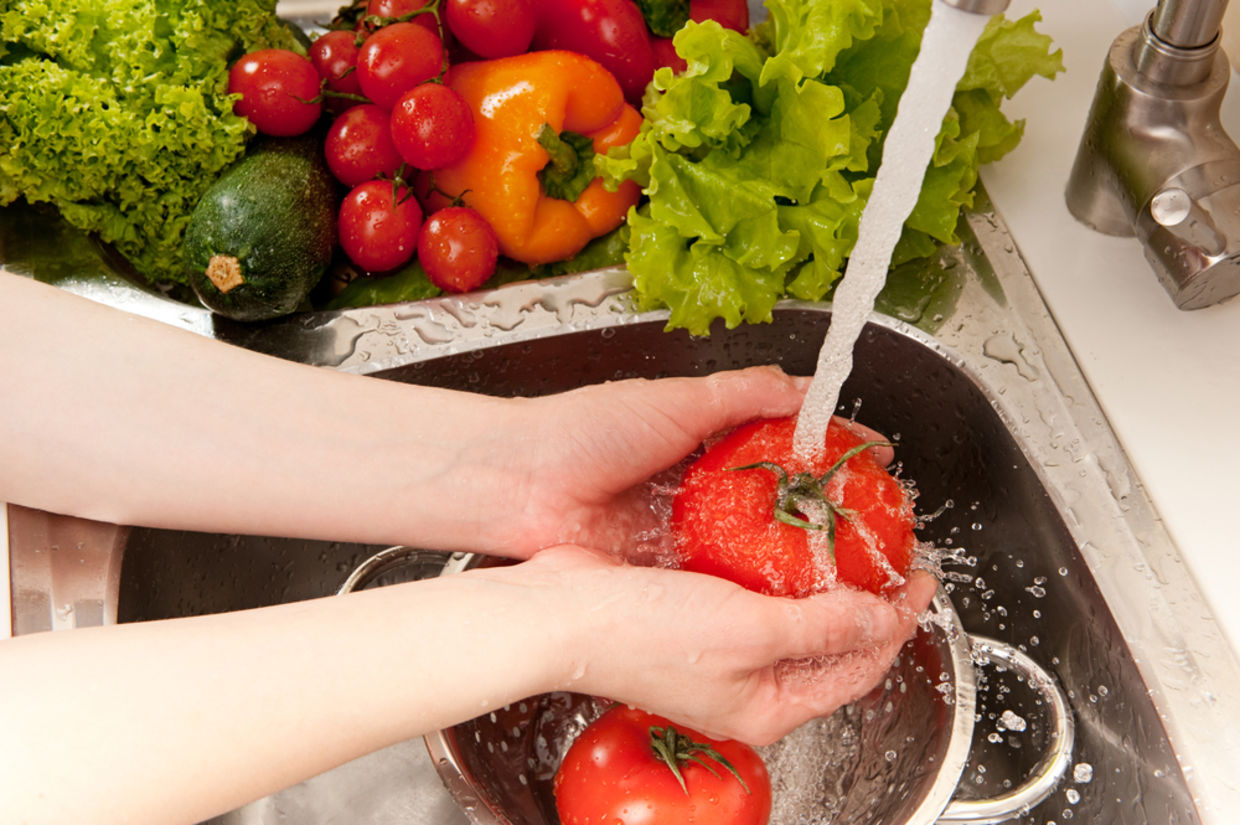

Latest News
How To Wash Vegetables To Remove Pesticides
Modified: January 22, 2024
Learn the latest news on how to wash vegetables effectively to remove pesticides. Discover simple steps and techniques to ensure the safety of your produce.
(Many of the links in this article redirect to a specific reviewed product. Your purchase of these products through affiliate links helps to generate commission for Chicagolandgardening.com, at no extra cost. Learn more)
Table of Contents
Introduction
When it comes to leading a healthy lifestyle, consuming fresh fruits and vegetables is essential. They are packed with vital nutrients that nourish our bodies and support overall well-being. However, it is crucial to be aware of the potential presence of pesticide residues on these produce items.
Pesticides are chemicals used in agriculture to control pests, weeds, and diseases that can damage crops. While they play a crucial role in ensuring food security and crop yield, pesticide residues can pose health risks if consumed in excessive amounts. They can accumulate in the body over time and potentially lead to various health issues.
Therefore, it is important to take preventive measures to reduce pesticide exposure, and one of the most effective ways to do so is by washing vegetables properly. Washing vegetables not only removes dirt, bacteria, and other contaminants but also helps eliminate a significant portion of pesticide residues.
In this article, you will learn about the importance of washing vegetables to remove pesticide residues and how to choose the right washing method. We will also provide you with a step-by-step guide on washing vegetables to ensure maximum effectiveness in removing pesticides. So, let’s dive in and explore the world of pesticide-free vegetables!
Understanding Pesticide Residues on Vegetables
Pesticides are substances used to control pests and diseases in crops. They can be insecticides, herbicides, fungicides, or other chemicals designed to kill or inhibit the growth of pests that can harm crops. While pesticides are crucial for maintaining crop yield and quality, they can leave residues on the vegetables that we consume.
Pesticide residues are small amounts of chemicals that remain on the surface or inside the vegetables after the application of pesticides. These residues can be present in varying concentrations, depending on factors such as the type of pesticide used, the method of application, and the time elapsed since the last application.
One of the main concerns regarding pesticide residues is their potential health effects. Prolonged exposure to pesticides has been associated with various health problems, including neurological disorders, reproductive issues, and certain types of cancer.
In order to protect consumers, regulatory bodies have established Maximum Residue Limits (MRLs), which represent the maximum concentration of a pesticide residue that is legally allowed on a food commodity. These limits are set based on extensive research and risk assessments to ensure that the consumption of these residues does not pose a significant health risk.
However, it is important to note that MRLs are set for individual pesticides and do not take into account the potential cumulative effects of exposure to multiple residues from different sources. Therefore, it is always advisable to minimize pesticide exposure as much as possible.
It is also worth mentioning that organic produce is grown without the use of synthetic pesticides, and therefore has lower levels of pesticide residues compared to conventionally grown produce. However, it is still important to wash organic vegetables to remove any potential contamination from environmental factors.
By understanding the presence of pesticide residues on vegetables and their potential health effects, we can take appropriate measures to minimize exposure and protect our well-being. One such measure is through proper washing of vegetables, which will be discussed in the following sections.
Importance of Washing Vegetables
Washing vegetables is an essential step in food preparation, not just for removing dirt and debris but also for reducing pesticide residues. Here are some key reasons why washing vegetables is important:
1. Removal of Surface Contaminants: Vegetables are exposed to various contaminants during cultivation, transportation, and handling. These contaminants can include dirt, bacteria, fungi, and other microorganisms that may be present on the surface. Washing vegetables helps remove these contaminants, reducing the risk of foodborne illnesses.
2. Elimination of Pesticide Residues: Pesticide residues on vegetables can pose health risks if consumed in excessive amounts. Washing vegetables with water helps to remove a significant portion of these residues, reducing pesticide exposure. While it may not completely eliminate all residues, it can significantly reduce their concentration and potential health impact.
3. Reduction of Soil and Chemical Residues: Soil particles and chemical residues from fertilizers or other agricultural inputs can adhere to the surface of vegetables. By washing vegetables, you can effectively remove these residues, ensuring a cleaner and safer product for consumption.
4. Enhanced Flavour and Freshness: Washing vegetables not only improves their safety but also enhances their taste and freshness. By removing surface contaminants and residues, you can enjoy the natural flavors of the vegetables without any unwanted impurities.
5. Peace of Mind: By washing vegetables, you can have peace of mind knowing that you have taken an important step to protect yourself and your family from potential health risks associated with contaminants and pesticide residues.
It is important to note that washing alone may not completely eliminate pesticide residues that have penetrated the interior of the vegetable or have been absorbed through the roots. However, it is still a crucial step in minimizing exposure and reducing the overall risk.
In the following sections, we will discuss various washing methods and provide a step-by-step guide on how to effectively wash vegetables to remove pesticide residues while preserving their nutritional value.
Choosing the Right Washing Method
When it comes to washing vegetables, selecting the right method is important to ensure effective removal of pesticide residues and other contaminants. Here are some factors to consider when choosing the appropriate washing method:
1. Water Temperature: Using cold water is usually sufficient for washing vegetables. Hot water may cause some vegetables to lose their texture or nutritional value. However, for leafy greens, using lukewarm water can help remove dirt and pests more effectively.
2. Gentle Agitation: Gently agitating the vegetables during the washing process can help dislodge dirt, bacteria, and pesticide residues. However, avoid rough handling or scrubbing, as it may damage the texture and quality of the vegetables.
3. Length of Washing: Washing vegetables for at least 30 seconds to a minute can help ensure thorough cleaning. However, be cautious not to oversoak delicate leafy greens, as they can become wilted and lose their crispness.
4. Organic vs. Conventional Produce: While both organic and conventional produce should be washed, it is crucial to pay extra attention when washing conventionally grown vegetables due to potential pesticide residues. Organic produce generally has lower levels of pesticide residues, but it is still necessary to remove any environmental contaminants.
5. Use of Commercial Veggie Wash: There are commercially available vegetable washes that claim to remove pesticide residues. However, the effectiveness of these washes in completely eliminating residues is still debated. If you choose to use them, carefully follow the instructions provided.
6. Texture and Sensitivity: Some vegetables, such as mushrooms or delicate greens, may absorb more water and lose their texture if soaked or vigorously washed. In such cases, a gentle rinse under running water may be more suitable to maintain their quality.
7. Leafy Greens: Leafy greens, such as spinach or lettuce, may require special attention as they can trap dirt and residues in their crevices. Separating the leaves and rinsing them thoroughly under running water can help remove these contaminants effectively.
It’s important to note that while washing can reduce pesticide residues, it may not completely eliminate all traces. However, combining washing with other preventive measures, such as buying organic produce or growing your own pesticide-free vegetables, can further minimize pesticide exposure.
Now that we understand the factors to consider in choosing a washing method, let’s move on to the step-by-step guide on washing vegetables to remove pesticide residues effectively.
Step-by-Step Guide on Washing Vegetables to Remove Pesticides
Properly washing vegetables is crucial for removing pesticide residues and ensuring the safety of the produce you consume. Follow these steps to effectively wash your vegetables:
Step 1: Preparation: Start by gathering the vegetables you plan to wash and a clean sink or basin. Make sure the sink is clean and free from any leftover food particles or contaminants.
Step 2: Sorting and Inspecting: Sort through the vegetables and remove any damaged or spoiled pieces. Inspect for signs of pests or visible dirt. Discard any vegetables that are severely damaged or infested.
Step 3: Rinse Under Running Water: Hold each vegetable under lukewarm running water, allowing the water to flow over the entire surface. This helps remove loose dirt and some pesticide residues. Gently rub the vegetables with your fingers to dislodge any stubborn dirt or debris.
Step 4: Soaking (Optional): For leafy greens or vegetables with hard-to-reach areas, such as broccoli or cauliflower, you may choose to soak them in a clean container filled with lukewarm water for a few minutes. This can help loosen and remove dirt and residues. However, avoid soaking for too long, as it may affect the texture of the vegetables.
Step 5: Scrubbing (If Needed): For vegetables with firm surfaces, such as potatoes or carrots, you can use a clean vegetable brush or sponge to gently scrub the surface. This can help remove any stubborn residues or dirt that may be present.
Step 6: Final Rinse: Rinse the vegetables one last time under running water to ensure that all the dirt, debris, and pesticide residues have been effectively removed. Pay special attention to the crevices and folds of leafy greens or the skin of root vegetables.
Step 7: Drying: After rinsing, gently pat the vegetables dry with a clean kitchen towel or allow them to air dry. Avoid using the same towel for multiple vegetables, as it can transfer bacteria or contaminants.
Step 8: Storage: Store the washed and dried vegetables properly, following the specific storage recommendations for each type of produce. Always ensure that containers and storage areas are clean to prevent contamination.
By following these steps, you can significantly reduce pesticide residues and other contaminants on your vegetables, making them safer for consumption.
It is important to note that different vegetables may require slight variations in the washing process. Always refer to specific guidelines provided by reputable sources for washing specific types of produce.
Additional Tips for Reducing Pesticide Exposure on Vegetables
In addition to proper washing, there are several other measures you can take to further reduce pesticide exposure on vegetables:
1. Buy Organic Produce: Opt for organic vegetables whenever possible. Organic farming practices prohibit the use of synthetic pesticides, resulting in lower levels of pesticide residues on the produce.
2. Know the Dirty Dozen and Clean Fifteen: Familiarize yourself with the Environmental Working Group’s “Dirty Dozen” and “Clean Fifteen” lists. The Dirty Dozen includes the most heavily pesticide-contaminated produce, while the Clean Fifteen consists of produce with lower levels of residues. Consider prioritizing organic options for the Dirty Dozen.
3. Grow Your Own: Consider growing your own vegetables using organic methods or join a local community garden. By having control over how the vegetables are grown, you can ensure they are free from pesticides.
4. Peel and Trim: Peeling or trimming the outer layers of vegetables can further reduce pesticide residues. However, keep in mind that some nutrients may be lost in the process, so it’s best to balance the decision based on the specific vegetable and your preferences.
5. Diversify Your Diet: Vary your vegetable intake to reduce the exposure to a single type of pesticide. Consuming a wide range of vegetables can help distribute the potential pesticide residues across different types.
6. Use Vinegar Solution (If Applicable): For produce with a smooth, waxy surface, such as apples or cucumbers, you can try soaking them in a solution of water and vinegar (3 parts water, 1 part vinegar) for a few minutes. This can help remove certain pesticide residues, although the effectiveness may vary.
7. Practice Integrated Pest Management: Support agricultural practices that promote integrated pest management (IPM). IPM combines various techniques, such as biological control and crop rotation, to minimize the use of pesticides while maintaining healthy crops.
Remember, while these additional tips can help reduce pesticide exposure, they do not guarantee complete elimination of residues. However, by combining them with proper washing techniques, you can significantly reduce potential risks associated with pesticide residues on vegetables.
Now armed with knowledge and practical steps to minimize pesticide exposure, you can confidently enjoy your vegetables while prioritizing your well-being.
Conclusion
Ensuring the safety of the vegetables we consume is essential for maintaining our overall health and well-being. While pesticide residues may be present on these produce items, taking proactive measures can help reduce our exposure to these potentially harmful substances.
In this article, we have explored the importance of washing vegetables to remove pesticide residues. Properly washing vegetables helps eliminate surface contaminants, reduce pesticide residues, and enhance the overall freshness and flavor of the produce. By following a step-by-step guide, you can effectively wash vegetables and minimize the potential health risks associated with pesticide exposure.
In addition to proper washing techniques, opting for organic produce, growing your own vegetables, and diversifying your diet are all valuable strategies for reducing pesticide exposure. Keeping these tips in mind, you can make informed choices and prioritize your well-being when it comes to consuming vegetables.
Remember that while washing can significantly reduce pesticide residues, it may not completely eliminate them. Nonetheless, by combining proper washing techniques with other preventive measures, you can minimize the potential risks associated with pesticide residues on vegetables.
So, the next time you bring home fresh vegetables, take the time to wash them thoroughly, knowing that you are taking an important step towards ensuring a safer and healthier meal. With the knowledge and practices shared in this article, you can enjoy your vegetables with peace of mind, knowing that you are taking care of your health and the well-being of your loved ones.

